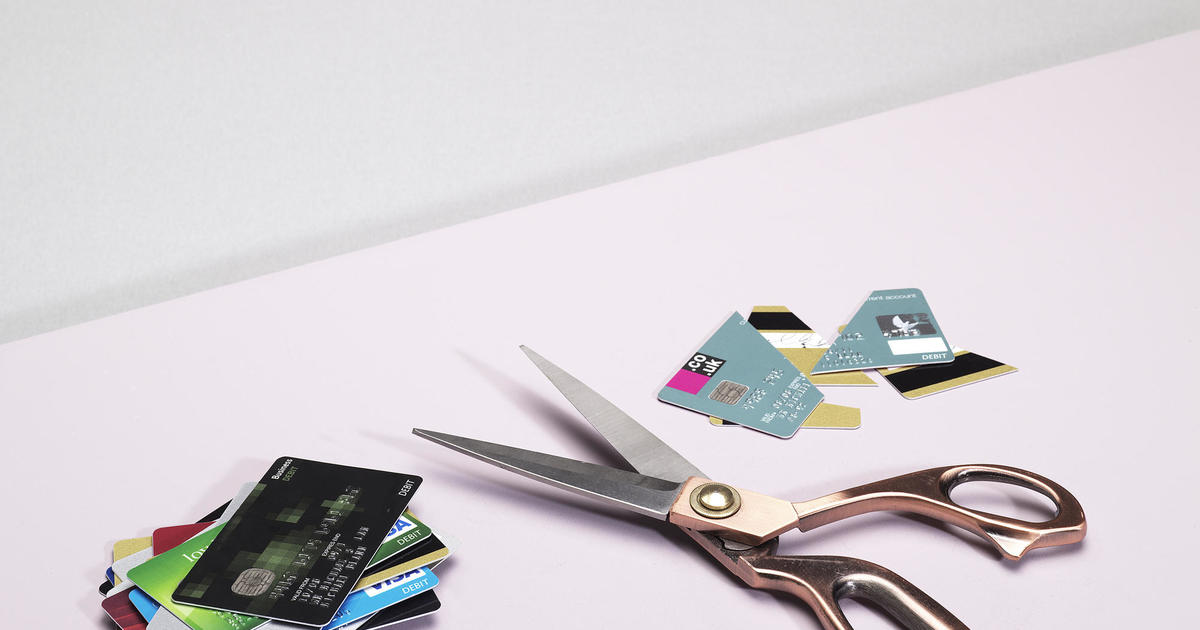Consumers spending slides, while savings rise
WASHINGTON - U.S. consumer spending fell in July, with a drop in auto purchases accounting for most of the weakness. Income growth also slowed, but Americans saved at a higher rate than they have since late 2012.
Consumer spending edged down 0.1 percent last month after a 0.4 percent increase in June, the Commerce Department reported Friday. It was the first decline since January. Income growth slowed to 0.2 percent in July, the weakest showing in seven months.
The fall in spending came primarily from a decline in auto sales, which took a breather in July after posting big gains in recent months, although spending in other areas was also weak.
Consumer spending accounts for 70 percent of economic activity, so it needs to recover for the economy to keep its momentum in the second half of the year.
The July spending fall reflected a 0.7 percent drop in purchases of durable goods such as autos and a smaller 0.1 percent dip in purchases of nondurable goods. Outlays on services were flat, which reflected in part less spending on utilities because of cooler-than-normal weather in July.
With a slight income gain and spending declining, the personal saving rate rose to 5.7 percent of after-tax income in July, up from 5.4 percent in June. The July saving rate was the highest since it stood at 10.5 percent in December 2012.
An inflation gauge tied to consumer spending edged up 0.1 percent in July and was 1.6 percent higher than 12 months ago. That's still below the Federal Reserve's inflation target of 2 percent, although it's up from its recent lows of 1 percent increases year-over-year.
The government reported Thursday that the overall economy grew at an annual rate of 4.2 percent in the April-June quarter, even faster than the previous estimate. It was a solid rebound after the economy went into reverse in the January-March quarter, shrinking at an annual rate of 2.1 percent. That setback came in the wake of unusually cold weather that kept shoppers away from the malls, reduced factory production and disrupted other economic activities.
Analysts are hopeful that the momentum that emerged during the second quarter will keep pushing the economy forward in coming months. Many expect growth in the current quarter to come in around 3 percent, and they believe the economy will expand by around 3 percent in the fourth quarter as well.
Much of that optimism stems from strong job growth this year. Jobs gains have averaged 244,000 a month since February, the best six-month string in eight years. Those gains have pushed the unemployment rate down to 6.2 percent.
An improving job market means rising household incomes, greater consumer confidence and thus, more consumer spending.
Financial markets are looking for signs that the Federal Reserve will begin raising interest rates out of concerns over inflation. However, Fed Chair Janet Yellen in remarks last week at an annual conference at Jackson Hole, Wyo., gave no hint that she's ready to support an increase in the Fed's benchmark short-term interest rate, which has been near zero since December 2008.
Many economists believe the first rate hike won't occur until next summer. Still, some believe that if the job market keeps surpassing expectations, the central bank may see the need to raise rates sooner, possibly as early as next March.



